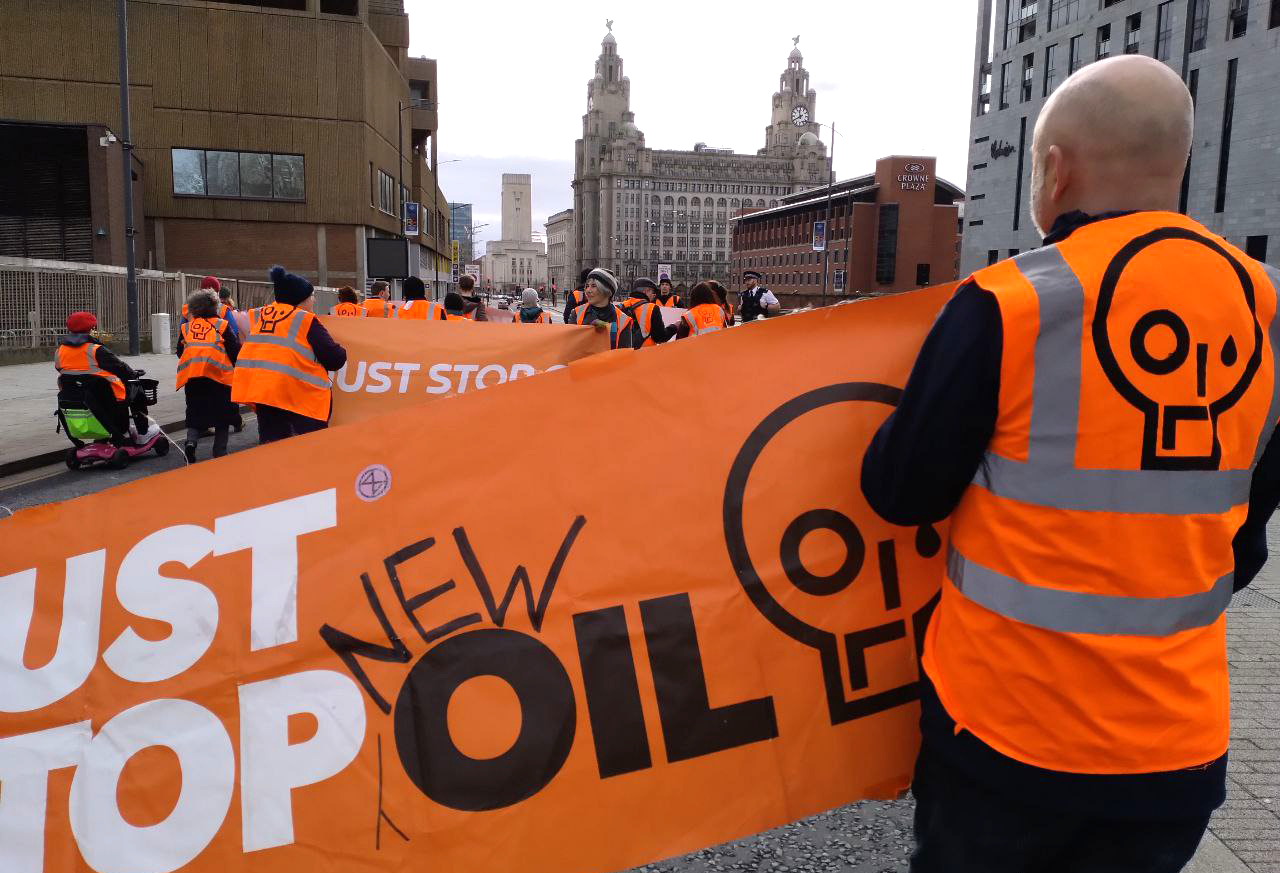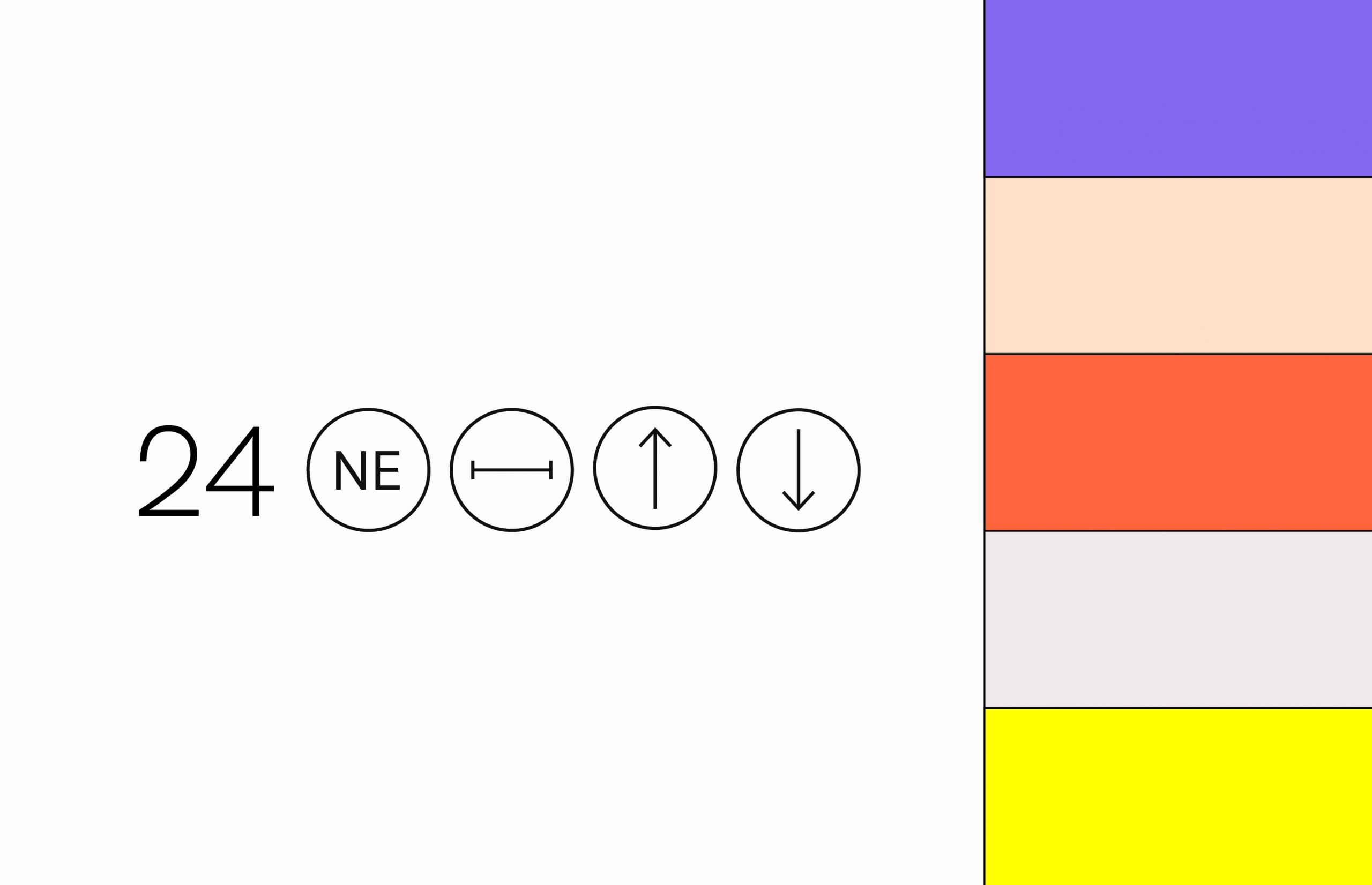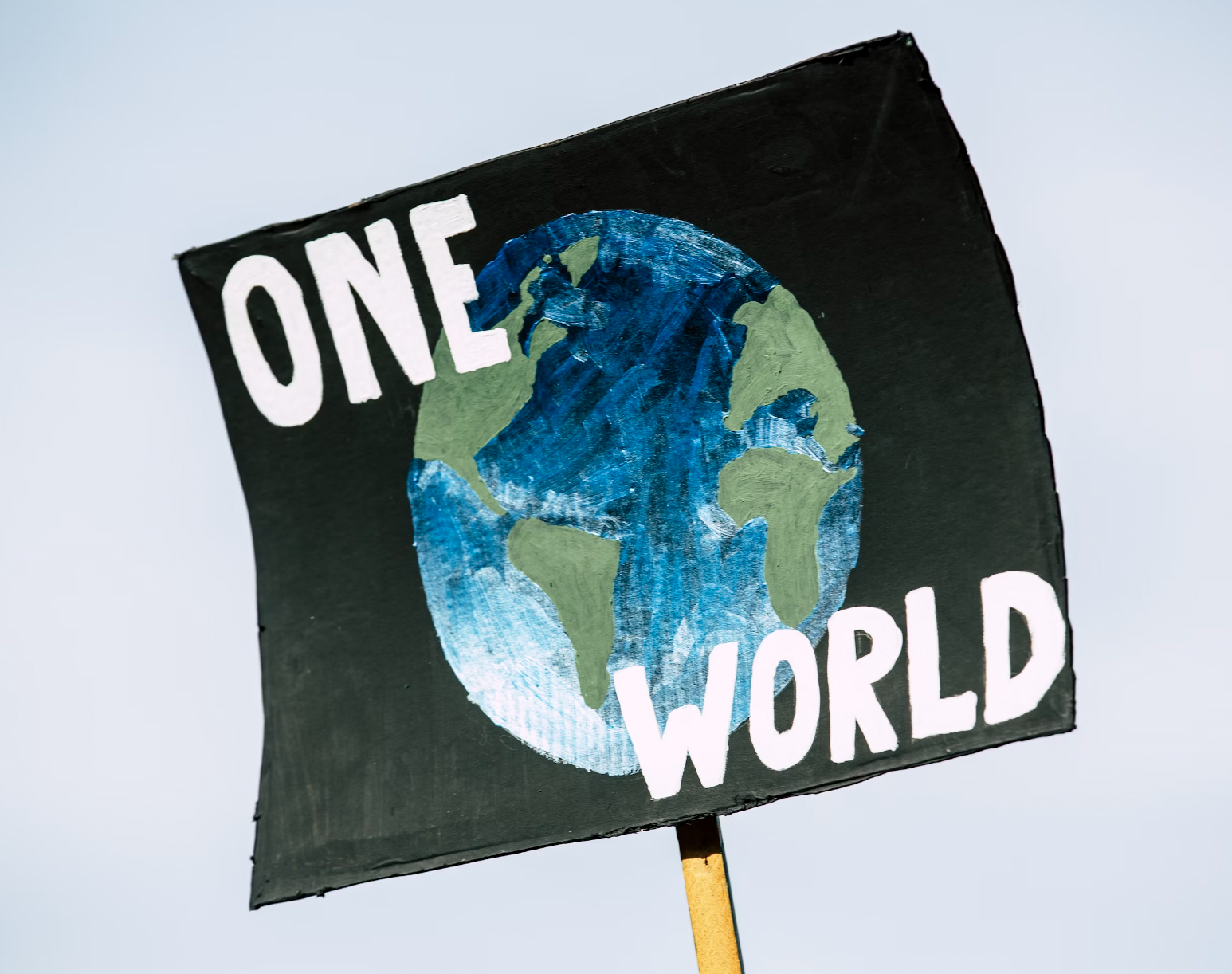PUBLISHED
Jan 09, 2023
WORDS
Alex Lewis
What can brands learn from Just Stop Oil?
Is activism through disruption a powerful way of changing minds or harmful to progress? Alex Lewis of purpose specialists Revolt looks into what brands can learn from recent activist stunts.
Read the original article on The Drum
Just Stop Oil has hit the headlines time and time again in recent weeks with protests including spray painting car showrooms, multiple road block gauges, climbing a gantry on London’s M25 and recently occupying beds in Harrods. News coverage has shown furious members of the public pulling protestors out of roads, and people have been incredulous about some of the actions, particularly throwing soup over a Van Gogh.
What does all this have to do with stopping oil companies from plundering the environment? Why does Just Stop Oil seem intent on disrupting ordinary lives? These are some of the questions that are being asked. Totally understandable – but it’s not what we should be asking.
The real question is: if you’ve got everyone’s attention, how are you going to use this to help the planet?
Activism doesn’t have to start with an act that directly relates to the cause. From Gandhi and the salt march to Peta and fake blood, protests show us that the first task is to get the audience’s attention. Shock is often an effective means of doing so. But it’s what activists do once the public is listening that’s so important.
So what can brands learn from Just Stop Oil? And how can they use their activism to affect meaningful change?
Just Stop Oil has hit the headlines time and time again in recent weeks with protests including spray painting car showrooms, multiple road block gauges, climbing a gantry on London’s M25 and recently occupying beds in Harrods. News coverage has shown furious members of the public pulling protestors out of roads, and people have been incredulous about some of the actions, particularly throwing soup over a Van Gogh.
What does all this have to do with stopping oil companies from plundering the environment? Why does Just Stop Oil seem intent on disrupting ordinary lives? These are some of the questions that are being asked. Totally understandable – but it’s not what we should be asking.
The real question is: if you’ve got everyone’s attention, how are you going to use this to help the planet?
Activism doesn’t have to start with an act that directly relates to the cause. From Gandhi and the salt march to Peta and fake blood, protests show us that the first task is to get the audience’s attention. Shock is often an effective means of doing so. But it’s what activists do once the public is listening that’s so important.
So what can brands learn from Just Stop Oil? And how can they use their activism to affect meaningful change?

Find the right fight
Extinction Rebellion began its civil disobedience strategy in 2018 to draw attention to climate change. But its ambitious and broad vision is difficult to translate into action because it requires change on many fronts simultaneously.
Movements like Just Stop Oil benefit from a specific vision that is closely connected to the action that needs to be undertaken to effect change. Oil and gas field licenses are issued by government, so there is a clear target audience who must be influenced in order for laws to be changed. With a more tangible goal and clearer action, these complex issues start to feel easier to navigate.
Brands need a similar focus to deliver change. When a brand looks at the issues affecting its business or challenging its core values, they need to go beyond talking about the problem to articulating a solution that is relevant to both the business and its customers. This mutual benefit can be used to frame the ‘fight’. For instance, Patagonia’s commitment to reducing waste through its Worn Wear program benefits customers who get to extend the life of their existing gear through high-quality repairs from the brand.
Movements like Just Stop Oil benefit from a specific vision that is closely connected to the action that needs to be undertaken to effect change. Oil and gas field licenses are issued by government, so there is a clear target audience who must be influenced in order for laws to be changed. With a more tangible goal and clearer action, these complex issues start to feel easier to navigate.
Brands need a similar focus to deliver change. When a brand looks at the issues affecting its business or challenging its core values, they need to go beyond talking about the problem to articulating a solution that is relevant to both the business and its customers. This mutual benefit can be used to frame the ‘fight’. For instance, Patagonia’s commitment to reducing waste through its Worn Wear program benefits customers who get to extend the life of their existing gear through high-quality repairs from the brand.
Translate activism into ‘actionism’ at scale
Marketers are familiar with the balancing act of long-term brand building and short-term tactical activation. Creating change in the world also relies on a balance: between the big, audacious goal you’re setting out to achieve and the more comfortable steps toward change that make it manageable.
Brands must think about their audiences: is everyone aware of the problem and ready to act, or do they need to be segmented into different groups? Those already engaged in the issue will respond differently to people with a passive interest. Think about whether both can be engaged at the same time, or if one audience can kickstart the action before others are converted to the movement.
Consider the partners who can support a brand’s activity, whether those are influential voices who validate the proposed solution, or people with the expertise to deliver it on the ground. For instance, supermarket chain Iceland’s recently launched in-store loans scheme is delivered with ethical loans company Fair For You, which helped Iceland design the pilot scheme.
Brands must think about their audiences: is everyone aware of the problem and ready to act, or do they need to be segmented into different groups? Those already engaged in the issue will respond differently to people with a passive interest. Think about whether both can be engaged at the same time, or if one audience can kickstart the action before others are converted to the movement.
Consider the partners who can support a brand’s activity, whether those are influential voices who validate the proposed solution, or people with the expertise to deliver it on the ground. For instance, supermarket chain Iceland’s recently launched in-store loans scheme is delivered with ethical loans company Fair For You, which helped Iceland design the pilot scheme.
Create a roadmap for change
Before a brand starts talking about its big goal, it must think about the steps required to get there.
Many of the problems we face are systemic: tackling one part of the issue will surface new problems. Audacious goals for change are effective when brands commit to tackling the problems they find along the way. Pampers’ commitment “to ensure that babies have the brightest beginnings” typifies this. Their program started with funding tetanus vaccinations with Unicef but has extended far beyond this to specialist nappies for premature babies and dads’ access to baby change facilities. They recognize that there are many areas where they have the expertise to solve a larger problem.
Start by identifying the first few steps along the journey. If the fight is clear enough, then break it down and start planning what is needed for the longer term.
Many of the problems we face are systemic: tackling one part of the issue will surface new problems. Audacious goals for change are effective when brands commit to tackling the problems they find along the way. Pampers’ commitment “to ensure that babies have the brightest beginnings” typifies this. Their program started with funding tetanus vaccinations with Unicef but has extended far beyond this to specialist nappies for premature babies and dads’ access to baby change facilities. They recognize that there are many areas where they have the expertise to solve a larger problem.
Start by identifying the first few steps along the journey. If the fight is clear enough, then break it down and start planning what is needed for the longer term.
Your Cookie Settings
By clicking 'Accept All Cookies', you agree to the storing of cookies on your device to enhance site navigation, analyse site usage, and assist in our marketing efforts.



